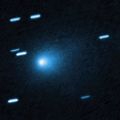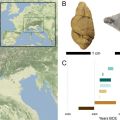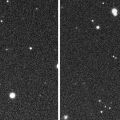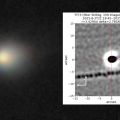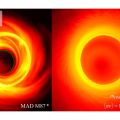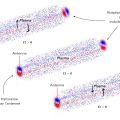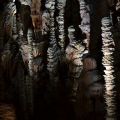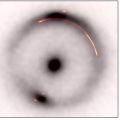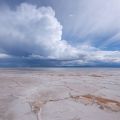Département de l'Énergie des États-Unis - Définition
La liste des auteurs de cet article est disponible ici.
Laboratoires
Les laboratoires nationaux gérés par le ministère sont :
- Albany Research Center
- Ames Laboratory
- Argonne National Laboratory
- Laboratoire national de Brookhaven
- Center for Functional Nanomaterials (en projet ou en construction)
- Center for Integrated Nanotechnologies (en projet ou en construction)
- Center for Nanophase Materials Sciences (en projet ou en construction)
- Center for Nanoscale Materials (en projet ou en construction)
- Environmental Measurements Laboratory (affilié au Ministère de la Sécurité intérieure depuis 2002)
- Fermi National Accelerator Laboratory
- Laboratoire national de l'Idaho (fusion du Argonne National Laboratory (West) et du Idaho National Engineering Laboratory)
- Knolls Atomic Power Laboratory
- Laboratoire national Lawrence Berkeley
- Laboratoire national de Lawrence Livermore
- Laboratoire national de Los Alamos
- Molecular Foundry (en projet ou en construction)
- National Energy Technology Laboratory
- National Petroleum Technology Office
- National Renewable Energy Laboratory
- New Brunswick Laboratory
- Oak Ridge National Laboratory
- Pacific Northwest National Laboratory
- Princeton Plasma Physics Laboratory
- Radiological & Environmental Sciences Laboratory
- Laboratoires Sandia
- Savannah River Ecology Laboratory [1] sur le site de la rivière Savannah
- Stanford Linear Accelerator Center
- Thomas Jefferson National Accelerator Facility
- Yucca Mountain
Le ministère est aussi composé de quatre Power Marketing Administrations :
- Bonneville Power Administration
- Southeastern Power Administration
- Southwestern Power Administration
- Western Area Power Administration
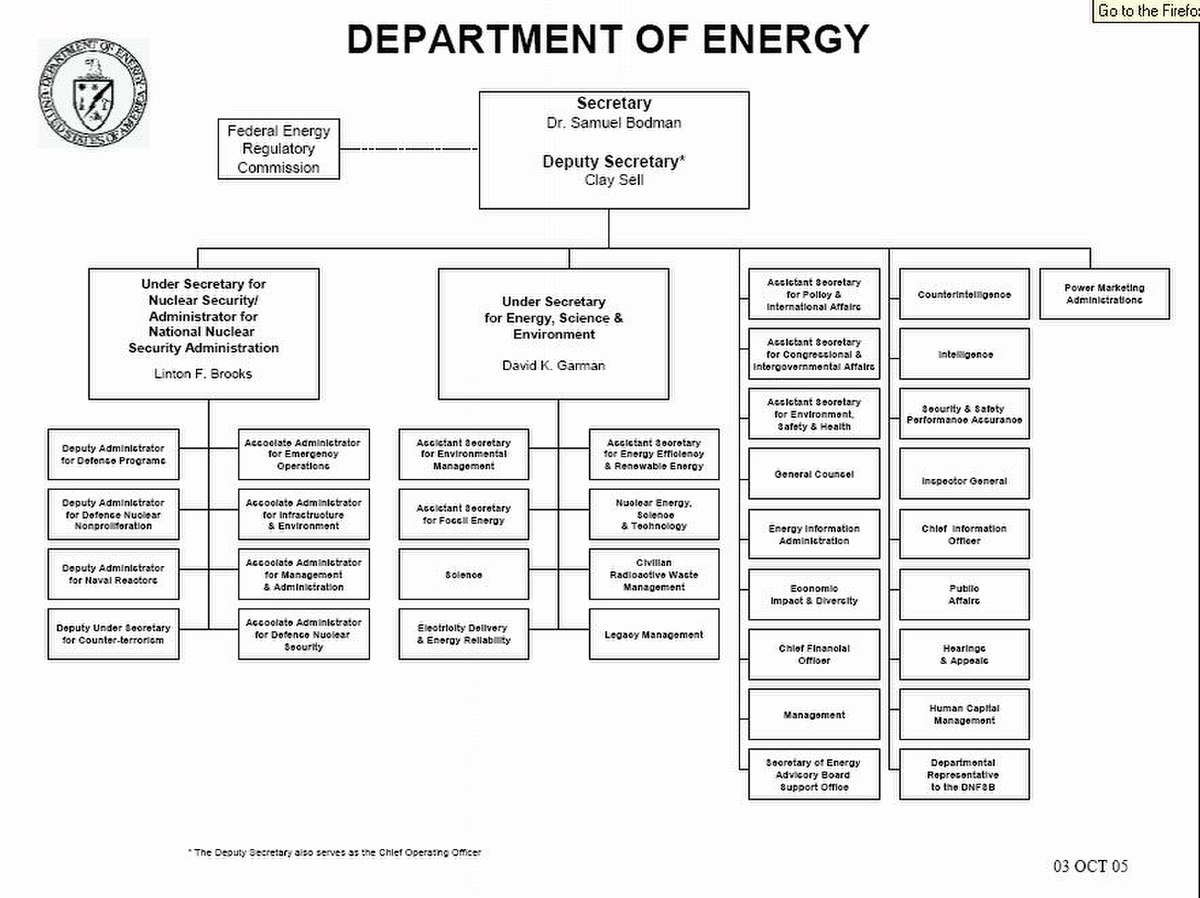
Action
En février 2005, le Département de l'Énergie a publié le rapport de Robert Hirsch intitulé Peaking of World Oil Production : Impacts, Mitigation, & Risk Management (pic de la production mondiale de pétrole : impacts, atténuation, et gestion des risques). Il affirmait, « Le pic de la production mondiale de pétrole pose aux États-Unis et au monde un problème de gestion des risques sans précédent. Alors que le pic approche, les prix du pétrole et la volatilité des prix augmenteront considérablement, et, sans une atténuation appropriée, les coûts économiques, sociaux, et politiques seront sans précédent. Des solutions d'atténuation viables existent à la fois sur l'offre et la demande, mais pour qu'elles aient un impact substantiel, elles doivent être engagées plus d'une décennie avant le pic. »
Le Département de l'Énergie a mis 25 milliards de dollars dans un programme visant à développer les véhicules électriques, et devrait recevoir 2 milliards de plus dans la suite du Plan Paulson.
Législation afférente
- 1946 - Atomic Energy Act PL 79-585 (created the Atomic Energy Commission)
- 1954 - Atomic Energy Act Amendments PL 83-703
- 1956 - Colorado River Storage Project PL 84-485
- 1957 - Atomic Energy Commission Acquisition of Property PL 85-162
- 1957 - Price-Anderson Nuclear Industries Indemnity Act PL 85-256
- 1968 - Natural Gas Pipeline Safety Act PL 90-481
- 1973 - Mineral Leasing Act Amendments (Trans-Alaska Oil Pipeline Authorization) PL 93-153
- 1974 - Energy Reorganization Act PL 93-438 (Split the AEC into the Energy Research and Development Administration and the Nuclear Regulatory Commission)
- 1975 - Energy Policy and Conservation Act PL 94-163
- 1977 - Department of Energy Organization Act PL 95-91 (Dismantled ERDA and replaced it with the Department of Energy)
- 1978 - National Energy Act PL 95-617, 618, 619, 620, 621
- 1980 - Energy Security Act PL 96-294
- 1989 - Natural Gas Wellhead Decontrol Act PL 101-60
- 1992 - Energy Policy Act of 1992 PL 102-486
- 2005 - Energy Policy Act of 2005 PL 109-58











